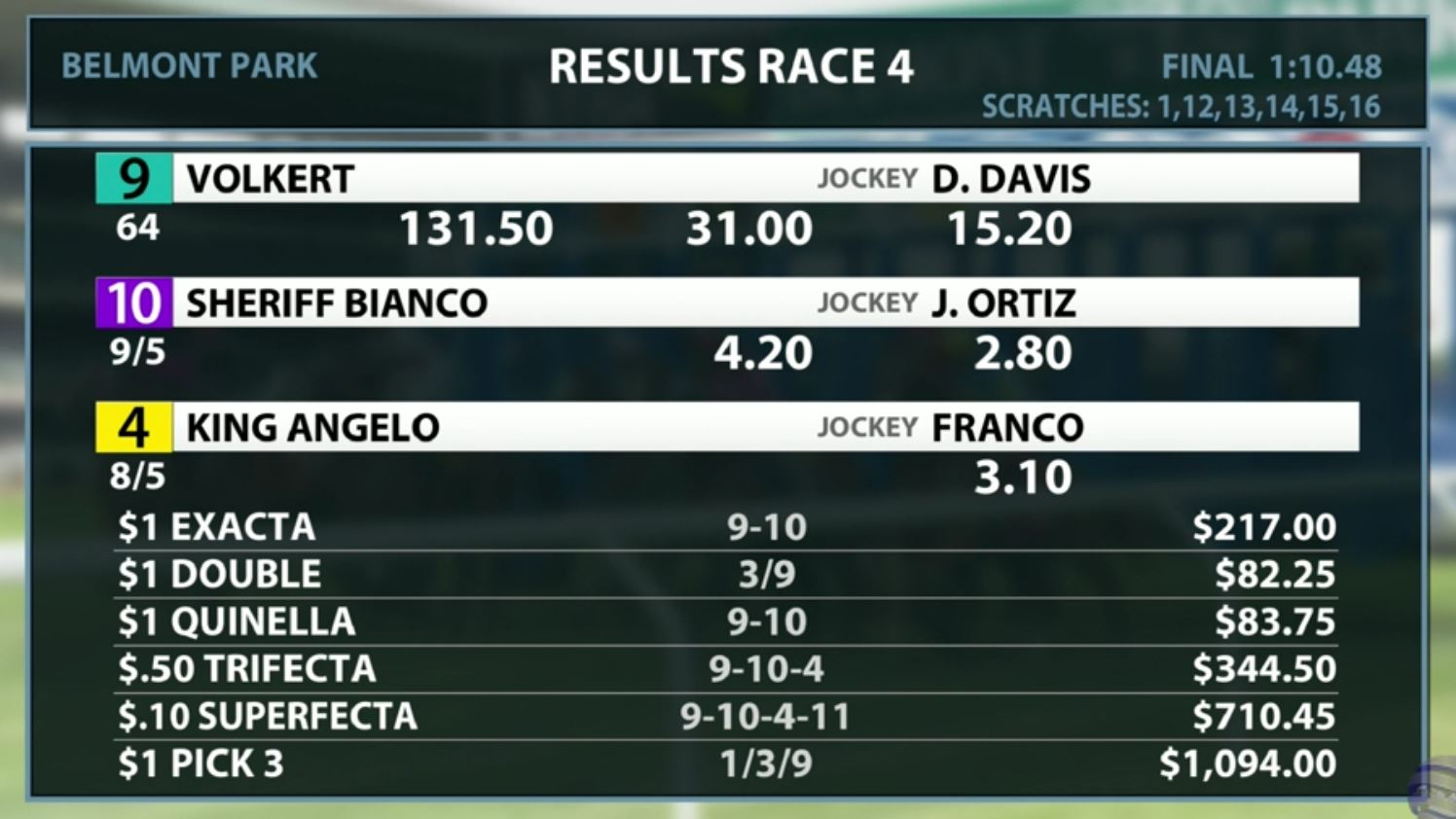
Henry Ford said, “If you always do what you’ve always done, you’ll always get what you’ve always got.” I wonder what he would have made of how racing has developed over the years?
Perhaps he would have been less than impressed. Perhaps he would agree that, although progress has been made in several fields, absolute stalemate in others is hampering the sport in off-putting ways – making it unappealing to potential new followers. Here are some examples.
Stalls numbers
The first time I noticed that starting stalls did not have numbers displayed on the front in France, I thought it was a mistake. It wasn’t. For whatever reason, the French have decided that this is how it should be. So, when people try to follow a horse in a large field, they will have some job seeing exactly where their selection starts from.
Furthermore, on stalls positions, isn’t it unfortunate that we stage races where horse number 1 may start from stall 12, while horse 12 may start from stall 7 and so on. This is obviously confusing to anyone looking at the sport for the first time.
Compare this with football (the soccer variety), a sport whose vast popularity is partly down to its simplicity. Racing is far more complicated, something that makes it a harder sell to new customers.
Alternating silks
This is all about appearance and image. Horses owned in partnerships often race in alternating colours – one day the rider is in red, the next time the horse runs they are dressed in white. This makes it hard to become acquainted with horses.
Horses late into the paddock.
Racecourses entice racegoers to study the horses in the paddock, explaining how they will enjoy the experience more that way. Yet they ignore that when allowing late paddock appearances. Some trainers do this often, holding their horses back as long as possible before taking them to the paddock. Many racegoers will miss seeing a horse that does just one lap before it heads out to the course.
And, when it is announced that a horse has been given permission to go down to the start early, all too often the horse has left the paddock already.
Perhaps it would make sense to set a deadline for entering the paddock, say 15 or 20 minutes before post time.
Late jockey changes
These are also off-putting, and not just to new fans. Serious horseplayers hate these cases, for obvious reasons. Trainers can make jockey changes after racing has started. It’s unavoidable when a jockey gets sidelined and needs replacing, but when trainers with more than one horse in the race have to scratch their ‘first string’, we often see the stable’s number one jockey taking over on the other horse. This means that a runner suddenly gets an upgrade in the saddle.
Some trainers have also played the trick of declaring a horse with an apprentice or young, inexperienced rider with a poor record, then switching to a top jockey shortly before racing - presumably after the horse’s connections have all placed their bets at fixed odds.
Sectional times
International uniformity and harmonisation, at all levels, would make the sport more attractive, as would modernisation.
North American fans have enjoyed the benefit of sectional times for years. They are flagged up during the races. It’s good information, and people attending the races for the very first time can easily grasp it.
Why do we see - as an attempt at doing the same is finally being made in the UK - sectionals being expressed in a totally different format? The U.S. format displays split times as each quarter is completed. In Britain, the ITV coverage shows times per furlong in the corner on the screen, and as furlongs are being completed, these figures roll out of view to give space for the next figure. It is hard to keep up with and not easy to relate to, even for those used to the U.S. format.
Deciding on one way of doing things across borders has never seemed easy in horseracing. Stubbornness might get in the way of common sense.
Europe has Group races, the U.S. has Graded stakes. The Breeders’ Cup series has ‘Win and You're In’ races leading up to the big day, the All Weather Finals Day in England has ‘fast track’ races for the same purpose.
In Britain, horses carry stones and pounds, in France they carry kilograms, and Stateside they carry pounds only. Racing jargon is Greek enough to the man in the street as it is, and these variations do not make it any better.
Odds/dividend returns
It’s confusing when one U.S. track posts betting returns to a $2 stake for a wager, while another posts betting returns to a $1 stake for the same wager.
It’s also anything but user friendly that tracks operate with different stakes units for their bets offered on a race when posting the results. As an example, at NYRA tracks the win return is expressed to a $2 stake, the Exacta, Double, Pick 3 and Quinella returns are all expressed to a $1 stake, while the Trifecta return is expressed to a $0.50 stake and the Superfecta return is expressed to a $0.10 stake.
This can be likened to a stock market where the rise and fall in share prices for one business sector is expressed as “to one unit invested”, while for another it is expressed “to two units invested” and for a third sector “to half a unit invested”.
Racing tends to be plagued by attitudes like “everybody knows that this is how it works” (remember Henry Ford’s words?). This way of thinking is playing its part in many of the points in this article, and it’s a dangerous one – as it is based only on what we have, not what we can get.
In far too many jurisdictions, racing is far too conservative and stuck in the ‘this is how we have always done things’ quagmire.
Take bookmakers’ odds, for instance. Betting with them, racegoers have to work out potential winnings by deciphering figures like 8/11 and 100/30. Surely it is much easier to calculate winnings by using 1.72 and 4.33?
Each-way betting
This too seems guaranteed to confuse the newcomers. That each-way betting with bookmakers only offers two places in races with fewer than 8 runners is one thing, but when an 8-runner race gets a late defection anyone who placed an each way bet on the race prior to the scratch is left with a different deal – and they cannot get the bet cancelled.
A fair way to keep this simple would be to have three places (or more) for all races, with for example 1/6th the odds or even 1/10th the odds for a place in small fields.
Conflicting rules
To round this off, it must be seriously off putting to just about everyone involved in the sport, regardless of knowledge and experience, that racing nations around the world, even countries as close as France and England, have such different rules, contrasting regulations on things like the use of the whip, interference, coupling of horses, even on determining whether a horse blindfolded as the stalls open is a runner or a non-runner.



